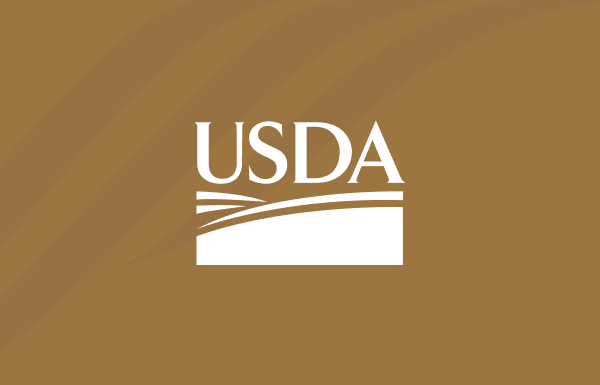HAZEN, N.D. – Becoming a homeowner is one of many Americans’ major goals and crowning achievements. The advantages of investing in homeownership go well beyond building equity. Homeownership establishes stability and signifies a planting of roots in community. Homes are where memories are made, new generations are raised, and neighbors grow old alongside one another.
Just as we, the kids, and those neighbors eventually start showing our ages, so, too, do the roof and four walls that shelter us. With increased labor and supply costs, project complexities, and contractor shortages, especially in rural areas in North Dakota, our ability – both physical and financial – to take on the repairs and improvements doesn’t necessarily get easier, either. For Dianne Wiege, who makes her home in Hazen, North Dakota (population: 2,279), a small, energy-producing community nestled just south of Lake Sakakawea, all she needed was a little helping hand in order to keep her roots growing exactly where they were planted.
“I’ve lived here for 18 years,” said Dianne. “I’ve replaced my front porch twice on my own – well, a friend helped me build it, but that was back when I was still able to build things. This time, I just couldn’t do it.”
So, where did Dianne find that helping hand? From Sandy, 71 miles southeast in Bismarck, North Dakota, at a USDA Rural Development office and within one of USDA RD’s many programs, the Single Family Housing Repair Loan and Grant Program. The opportunity allows eligible homeowners to apply for a loan of up to $40,000, a grant of up to $10,000, or a combination of both, to make improvements and remove health and safety hazards in their rural homes.
“I had to look for something that I could afford and that was reasonable for my income,” said Dianne. “Thankfully, I found a grant program and thought, ‘Well, I’m going to apply!’”
According to Dianne, the application was fairly easy, although she admitted she’s not intimidated by paperwork. She also made clear that it was the USDA RD program that made the new front porch (along with updates to a bathroom basement and a new railing to safely get there) possible.
“Without it, I couldn’t have had this done. I would have had to tear my porch out and replace it with concrete steps without a handrail, which would be dangerous,” she added.
It was clear in our brief visit that the impacts this has made in Dianne’s day-to-day living were significant. And while probably not an anticipated benefit of working with USDA RD, it was also discovering the genuine care and concern from a fellow North Dakotan, a neighbor just down the road in Sandy, who extended a hand.
“They [USDA Rural Development staff] were concerned for me and very pleasant to work with,” she said. “I just say thank you. I’m thankful. It’s made such a difference for me. If you’re going to stay in your home, it’s a necessity!”

